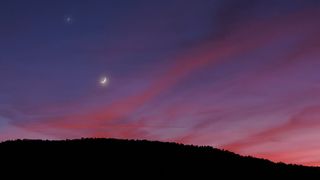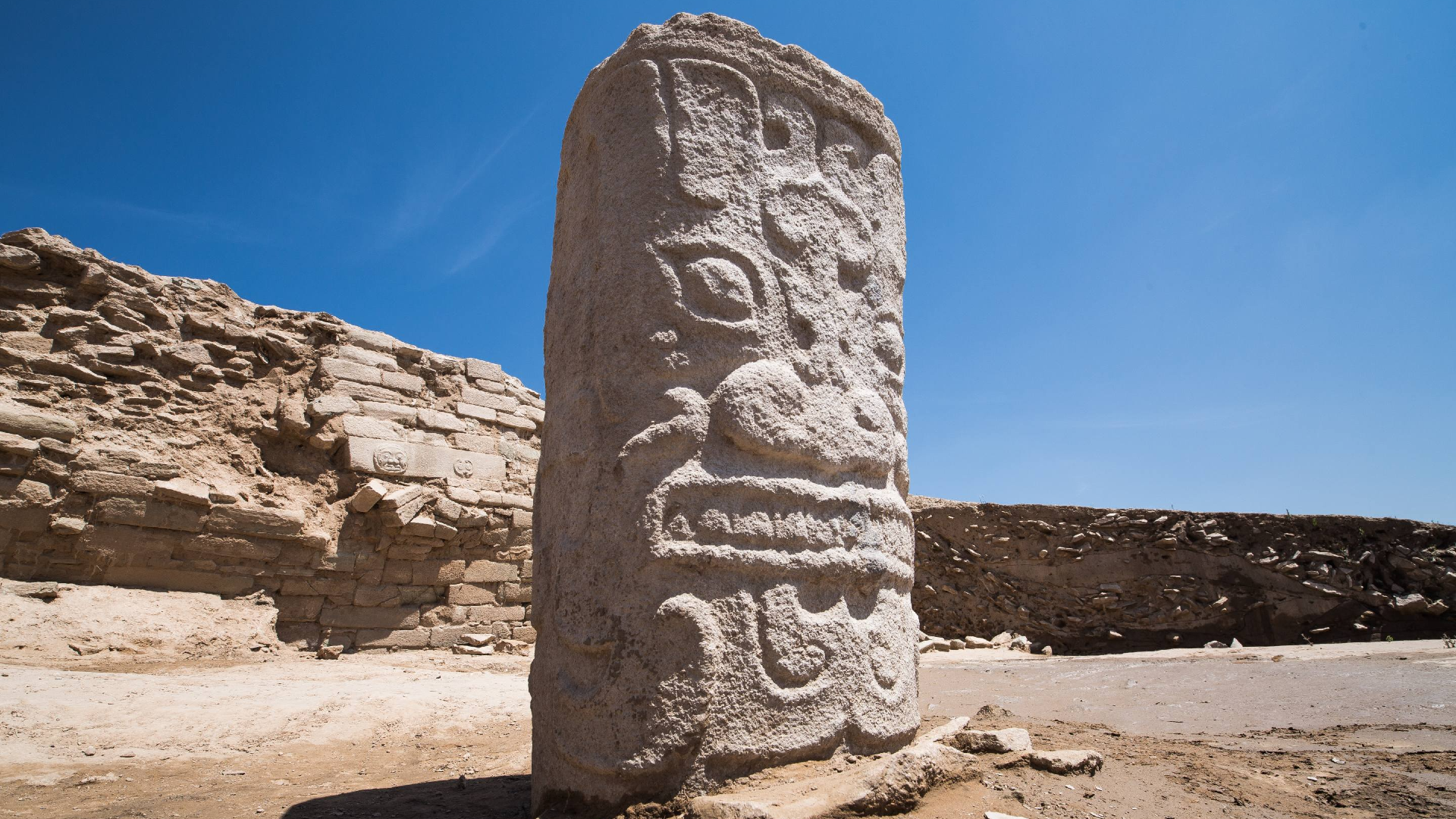moon
Latest about moon

The world's first view of Earth from the moon — Space photo of the week
By Jamie Carter published
On Aug. 23, 1966, NASA's Lunar Orbiter 1 sent back the first photo of Earth from the moon. It showed a grainy crescent Earth that predated Apollo 8's famous color "Earthrise" by over two years.
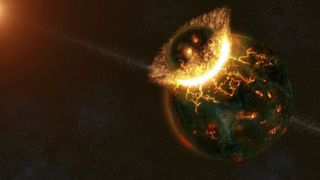
Cataclysmic crash with neighboring planet may be the reason there's life on Earth today, new studies hint
By Elizabeth Howell published
Early Earth may not have had the right ingredients for life — until a nearby Mars-size planet crashed into it, two new studies hint.

10th time lucky! SpaceX's Starship nails successful test flight after string of explosive setbacks
By Ben Turner published
SpaceX's Starship rocket has finally reversed its fortunes.
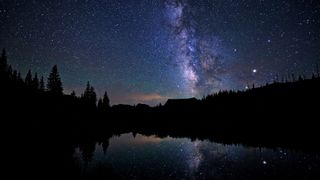
A rare 'black moon' rises this weekend: What is it, and what can you see?
By Jamie Carter published
Saturday's new moon is a seasonal "black moon" — a rare phenomenon that occurs once every 33 months. Here's what that means and why it's a great night for stargazing.

A real-life Pandora? Newfound 'disappearing' planet in our neighboring star system could have a habitable moon, just like the Avatar movies
By Harry Baker published
The recent discovery of a potential gas giant circling the nearby star Alpha Centauri A has led to speculation that it may be orbited in turn by a habitable moon that could support life, just like in the "Avatar" movies.
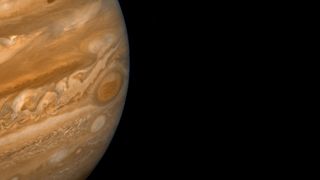
Venus and Jupiter conjunction: The 2 brightest planets will 'kiss' early Tuesday morning
By Gretchen Rundorff last updated
Venus and Jupiter will meet in a conjunction in the early morning hours of Tuesday, Aug. 12. Here's everything you need to know to spot the two brightest planets at their best.
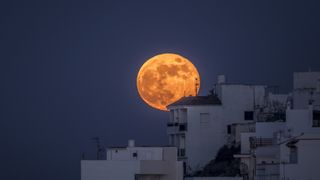
The full 'Sturgeon Moon' rises this weekend
By Jamie Carter published
In a rare skywatching treat, you can see August's full Sturgeon Moon rise soon after sunset on both Saturday, Aug. 9 and Sunday, Aug. 10.
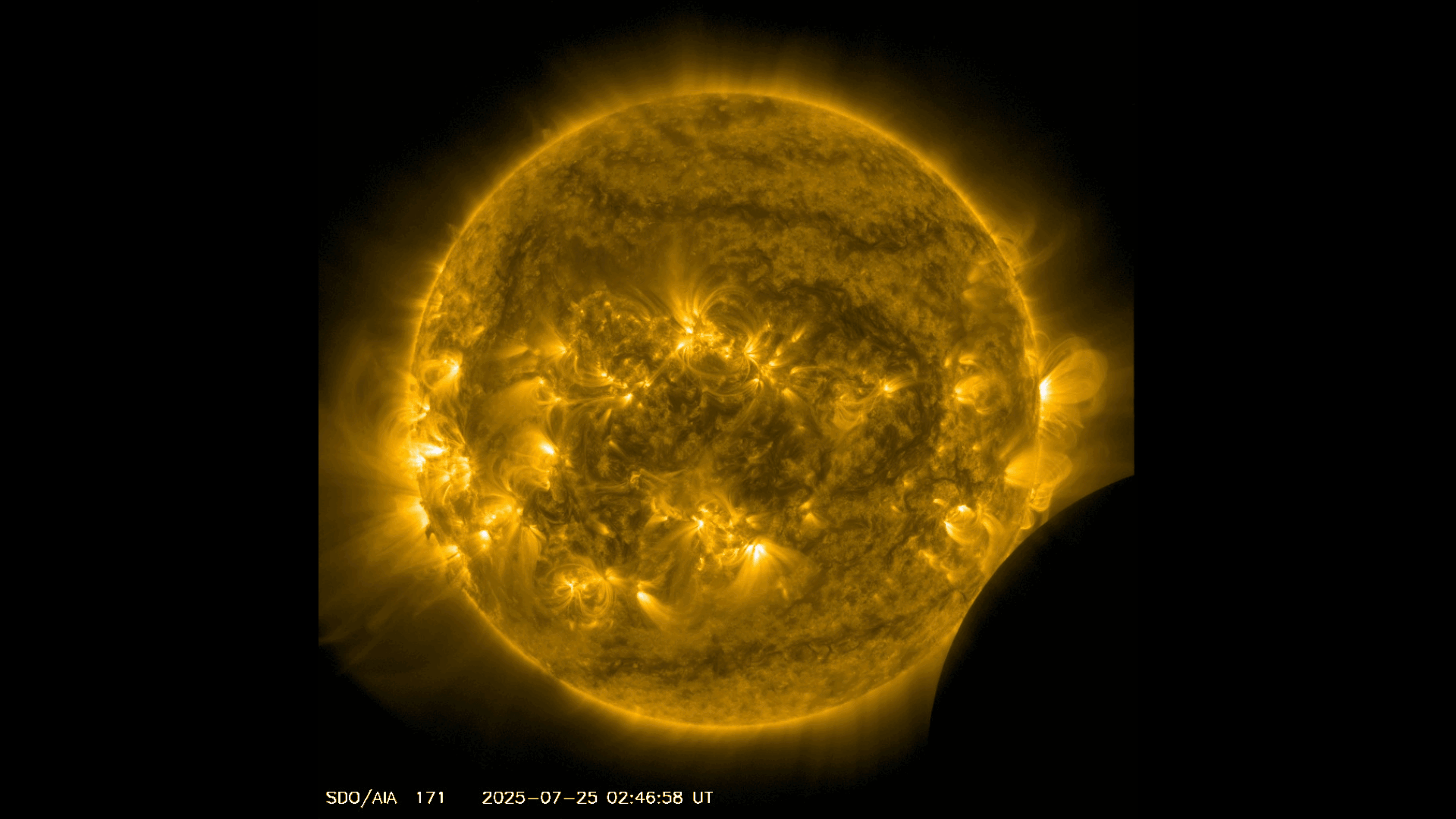
NASA spacecraft snaps images of lunar transit and Earth eclipse on the same day — see the photos
By Skyler Ware published
The Solar Dynamics Observatory saw a lunar transit and an Earth eclipse on July 25 — the first when the moon passed between it and the sun, and another when Earth did the same.
Get the world’s most fascinating discoveries delivered straight to your inbox.



